Softgels are convenient little capsules containing your daily vitamins or medications. But have you ever wondered how these softgels are produced? The secret lies in the softgel encapsulation machine. This machine relies on various specialized components that work in perfect harmony to transform liquid formulas into the softgels we take regularly.
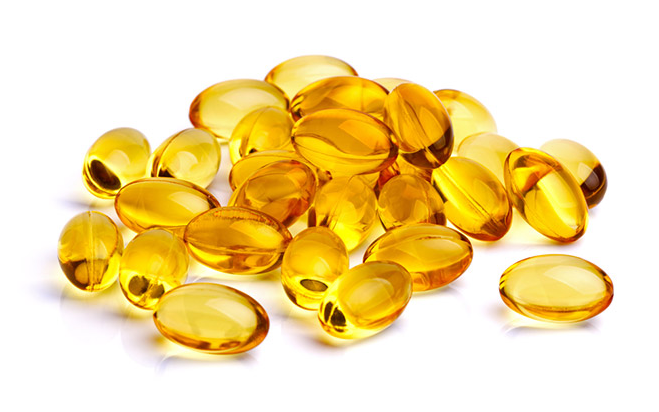
Now, we'll take a closer look at a softgel encapsulation machine's inner workings and explore its key components.
What is a Softgel Encapsulation Machine?
Softgel capsule encapsulation machine is a specialized equipment used in the pharmaceutical industry to mass produce softgel capsules. And softgel capsules are oval or round oral medicines made of gelatin.
A softgel capsule filling machine usually automates the process of filling drugs into these capsules. They can also be filled with powdered or granular materials.
What are the Essential Parts of Softgel Encapsulation Machine?
1. Medicine Hopper
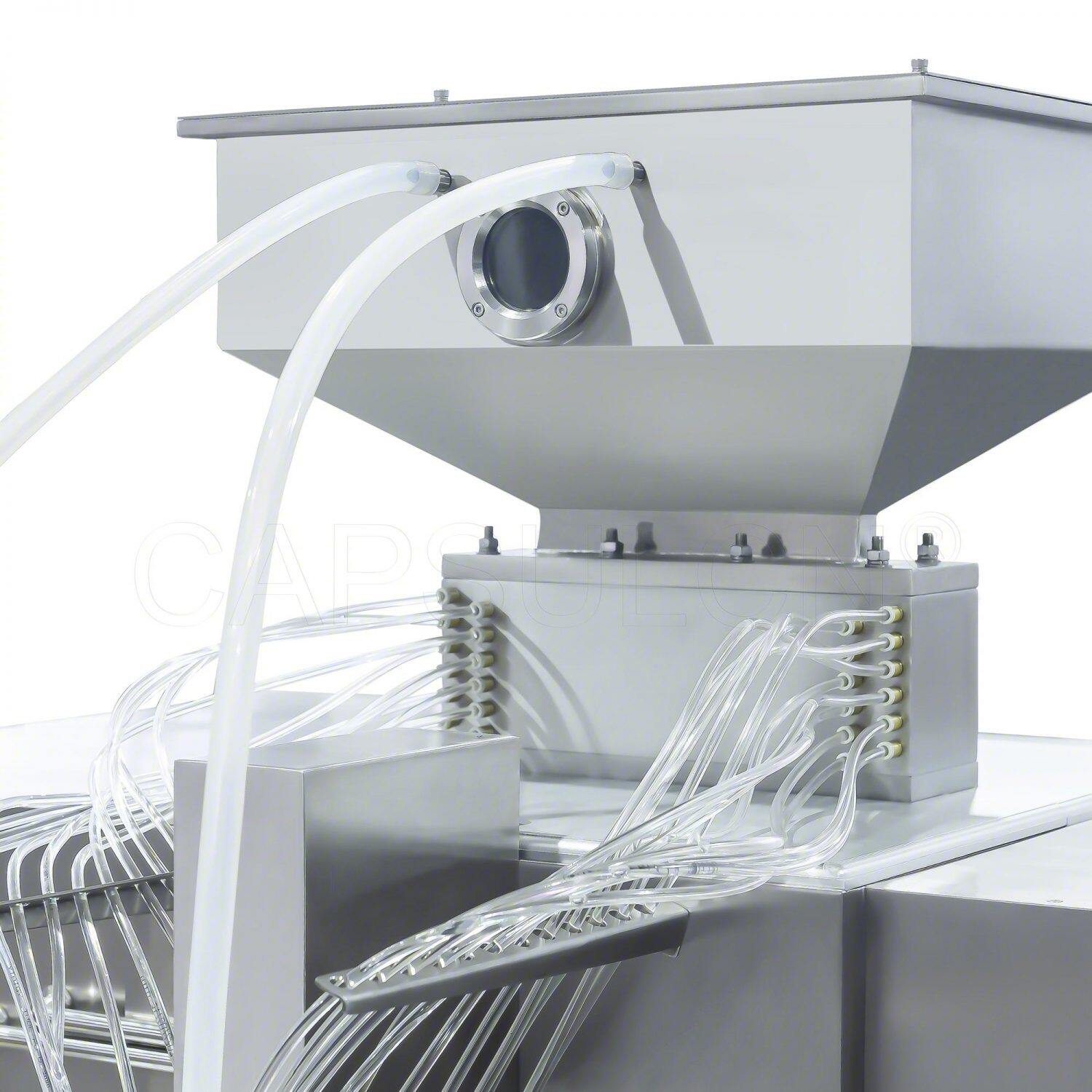
The hopper is usually located at the top of the softgel encapsulation machine. Its main purpose is to store the medication that will be loaded into the capsules. The hopper can hold various types of drugs, including liquids, semi-solids, suspensions, and even some powdered or granular materials.
What's more, the hopper does not release all the medication at once. It has a mechanism that ensures that the medication flows steadily into the machine's filling system.
2. Die Rolls
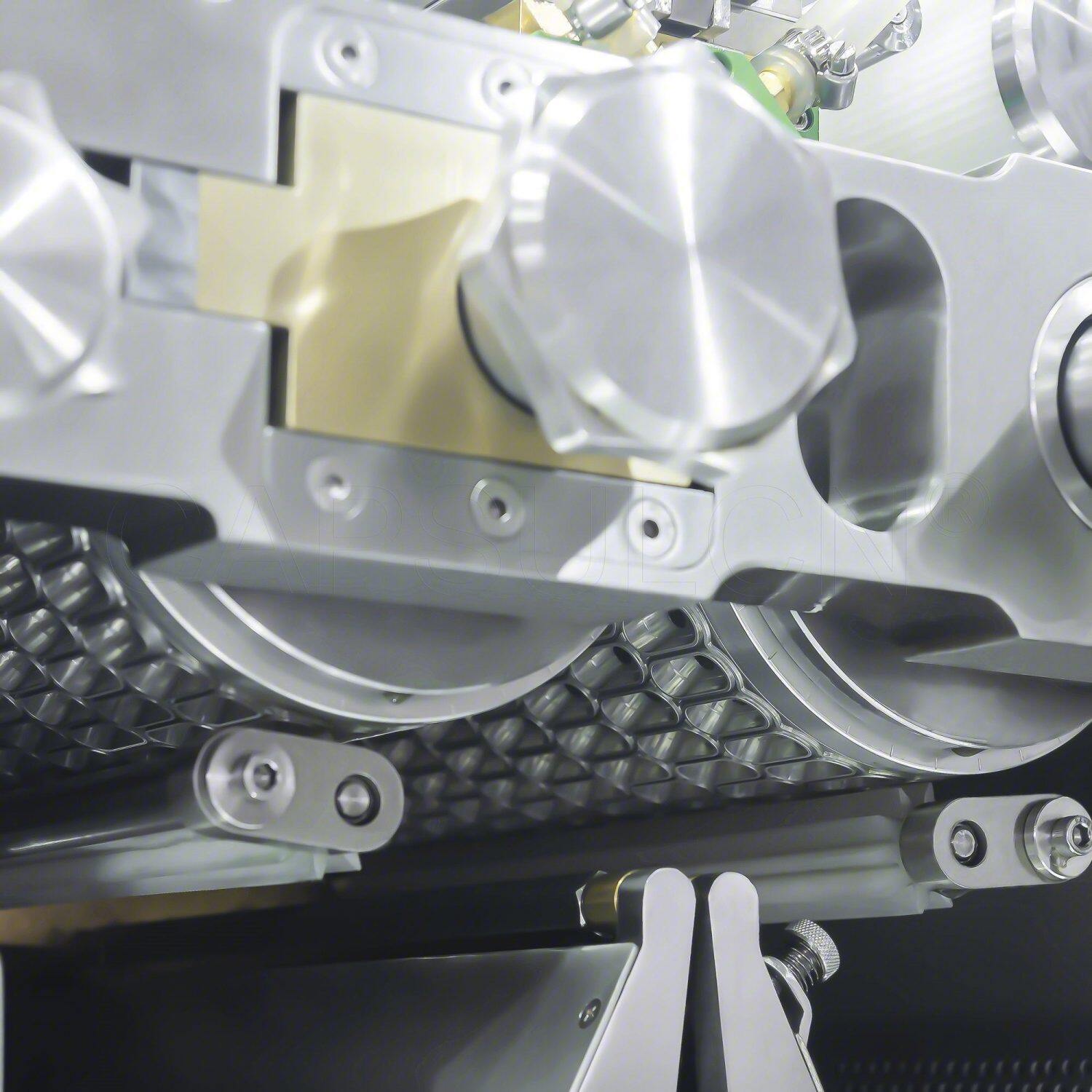
Die rollers are molds that determine the final shape and size of softgel capsules. They are cylindrical metal parts with cavities etched into the outer surface. These cavities come in different shapes and sizes depending on the desired capsule design. Die rollers are usually made of high-grade aluminum because it is sturdy and does not deform easily during capsule formation.
A softgel encapsulation machine usually uses two die rollers that work together. As the die rollers rotate and squeeze each other, the cavities on their surfaces form a pocket that molds the gelatin sheet containing the medication.
To meet different capsule filling needs, softgel capsule machines can be equipped with different types of die rollers.Common types of die rolls include standard die rolls, multi-step die rolls, and custom die rolls. Standard die rolls are two-piece sets for basic capsule shapes. Multi-step die rolls have additional molding capabilities beyond basic cavity molding, allowing for more complex capsule designs. For applications requiring unique capsule shapes, custom die rolls are available.
3. Cooling Drum
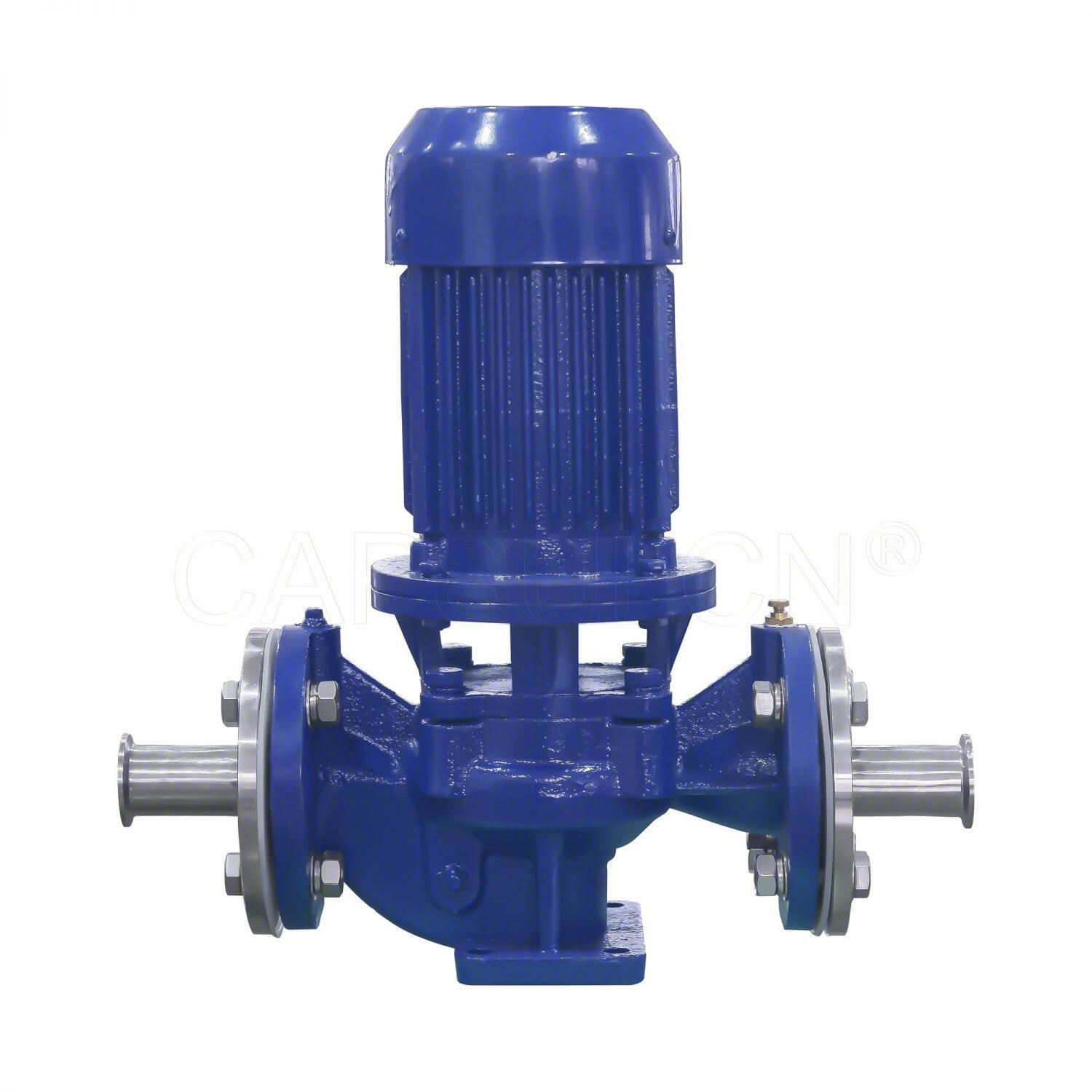
The cooling drum, also called gelatin ribbon drum, is a key component in solidifying softgel capsules. So how exactly does it work during softgel capsule making? After the capsule is formed in the die roll, the gelatin is still somewhat soft because it is hot. The cooling drum is a rotating cylinder whose inner surface is cold. When the molded capsule touches this cold surface, it will cool down quickly. This rapid cooling allows the gelatin to solidify and form the final shape of the capsule.
Even better, the cooling drum of a softgel capsule making machine usually has a strict temperature control mechanism. This ensures that the capsule cools fast enough to solidify and retain its shape, but not so cold that it splits.
4. Conveyor Belt
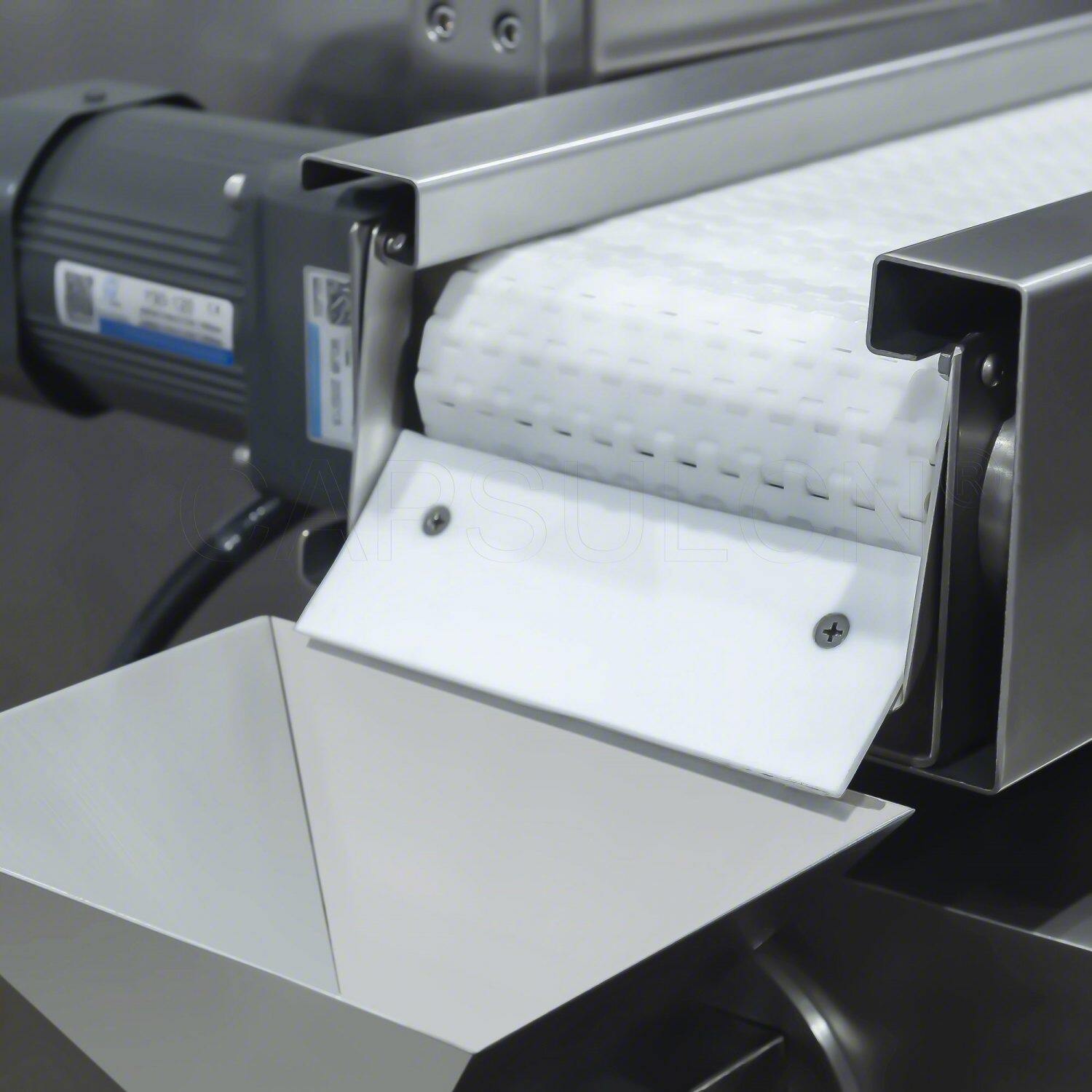
Most softgel encapsulation machines are equipped with conveyor belts. These conveyor belts are constantly moving to transport softgel capsules from one process to the next. Once the capsules are molded and sealed by the machine, they will be placed on a conveyor belt. The conveyor then sends the capsules to further processes such as a cooling drum for solidification, then possibly to a drying room and finally to a sorting and inspection area.
5. Vacumm Pump (optional)
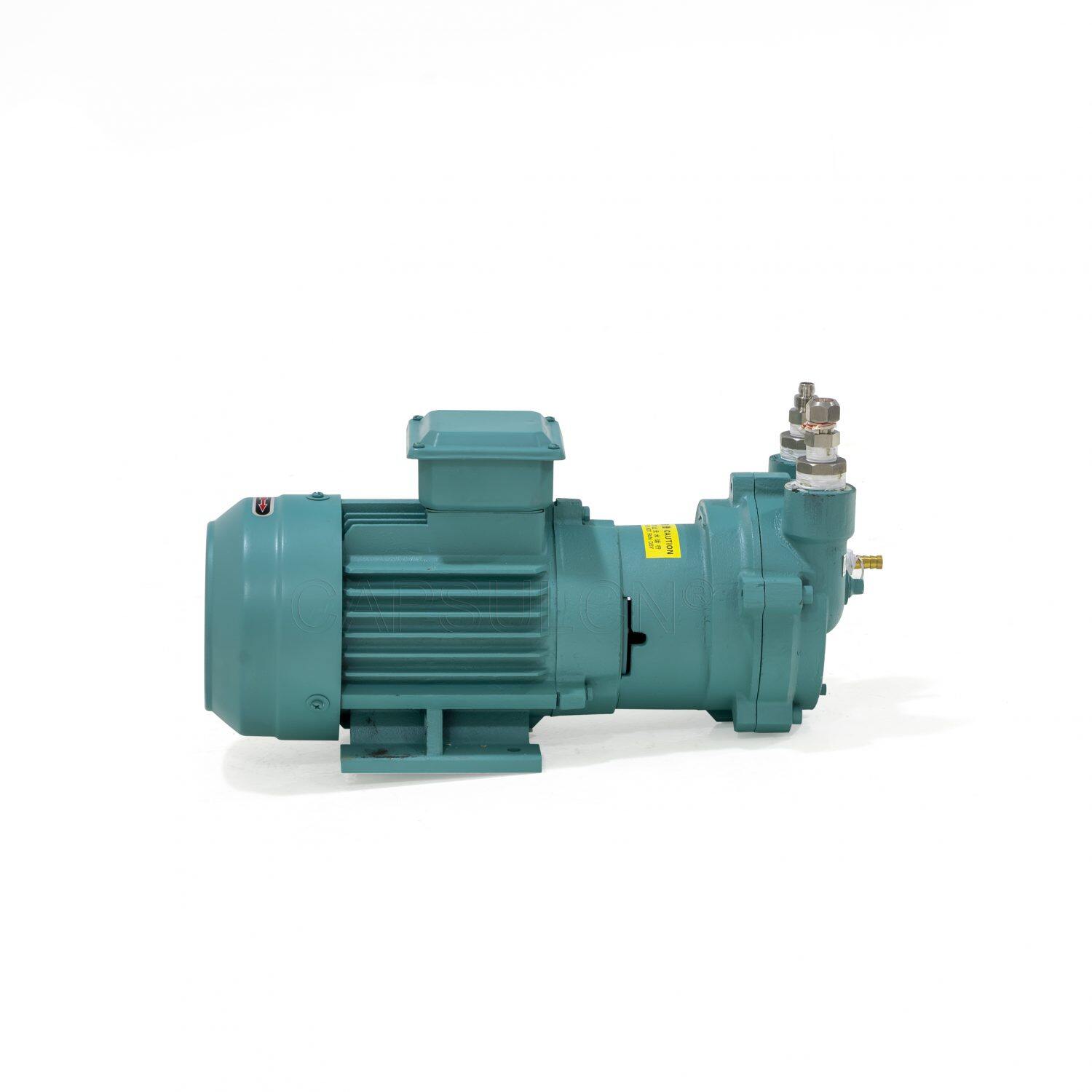
Some softgel encapsulation machines may also come with vacuum pumps for specific functions. Vacuum pumps can be used to remove air bubbles trapped inside the drug during the capsule filling process. This is useful for stabilizing the efficacy of the drug. Also, if the drug or gelatin solution contains solvents that need to be evaporated during processing, a vacuum pump can also help with this.
6. Control Panel
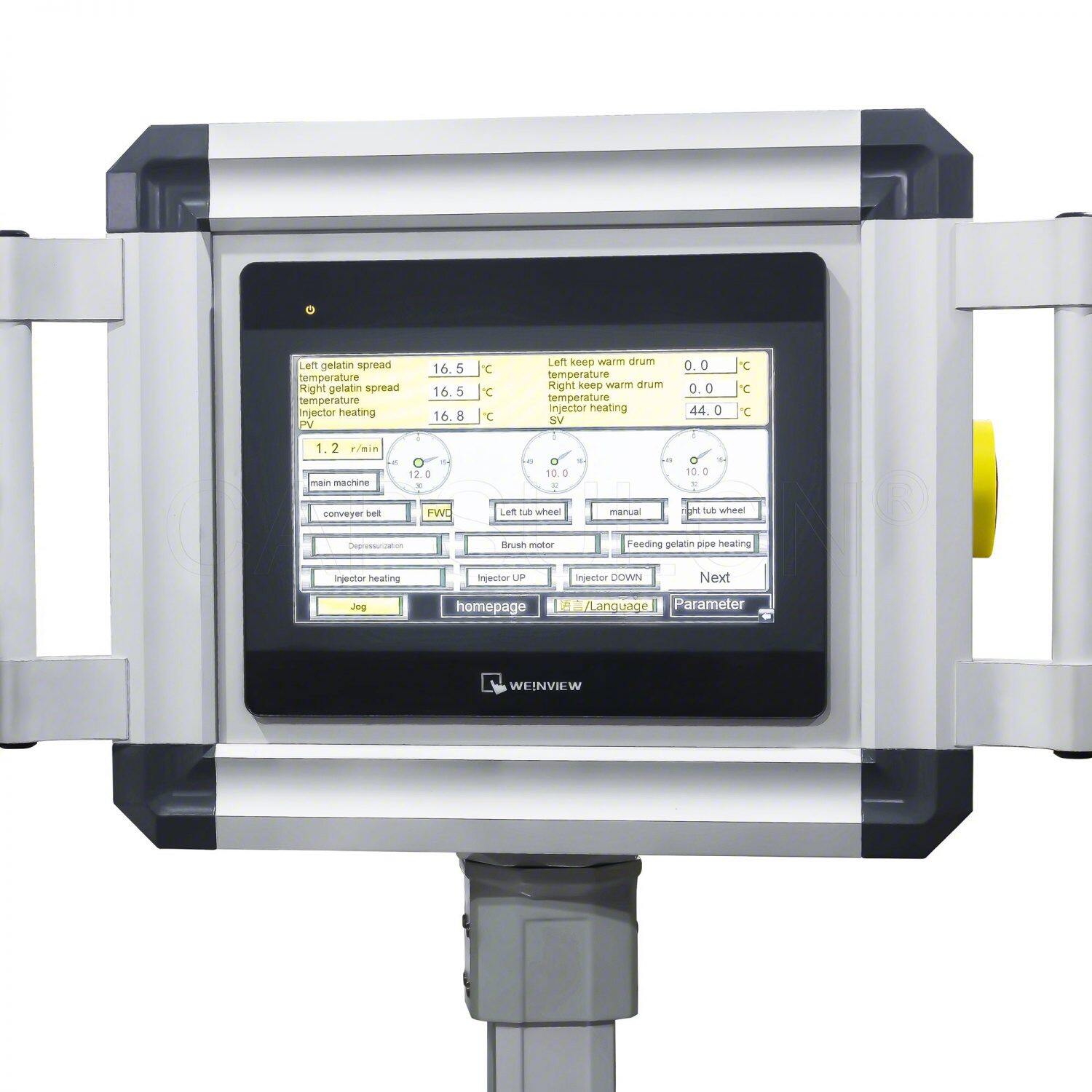
The control panel of a softgel encapsulation machine typically features a user interface that allows the operator to interact with the machine. This interface can include a physical control panel with buttons, knobs, and switches, or a touchscreen display for a more modern, intuitive experience.
In addition, the control panel allows the operator to adjust various machine parameters during the capsule encapsulation process, such as filling speed, temperature and other parameters. Some control panels may even come with an alarm system that alerts the operator to any potential problems, such as deviations from set parameters or machine malfunctions.
7. Lubrication Rollers
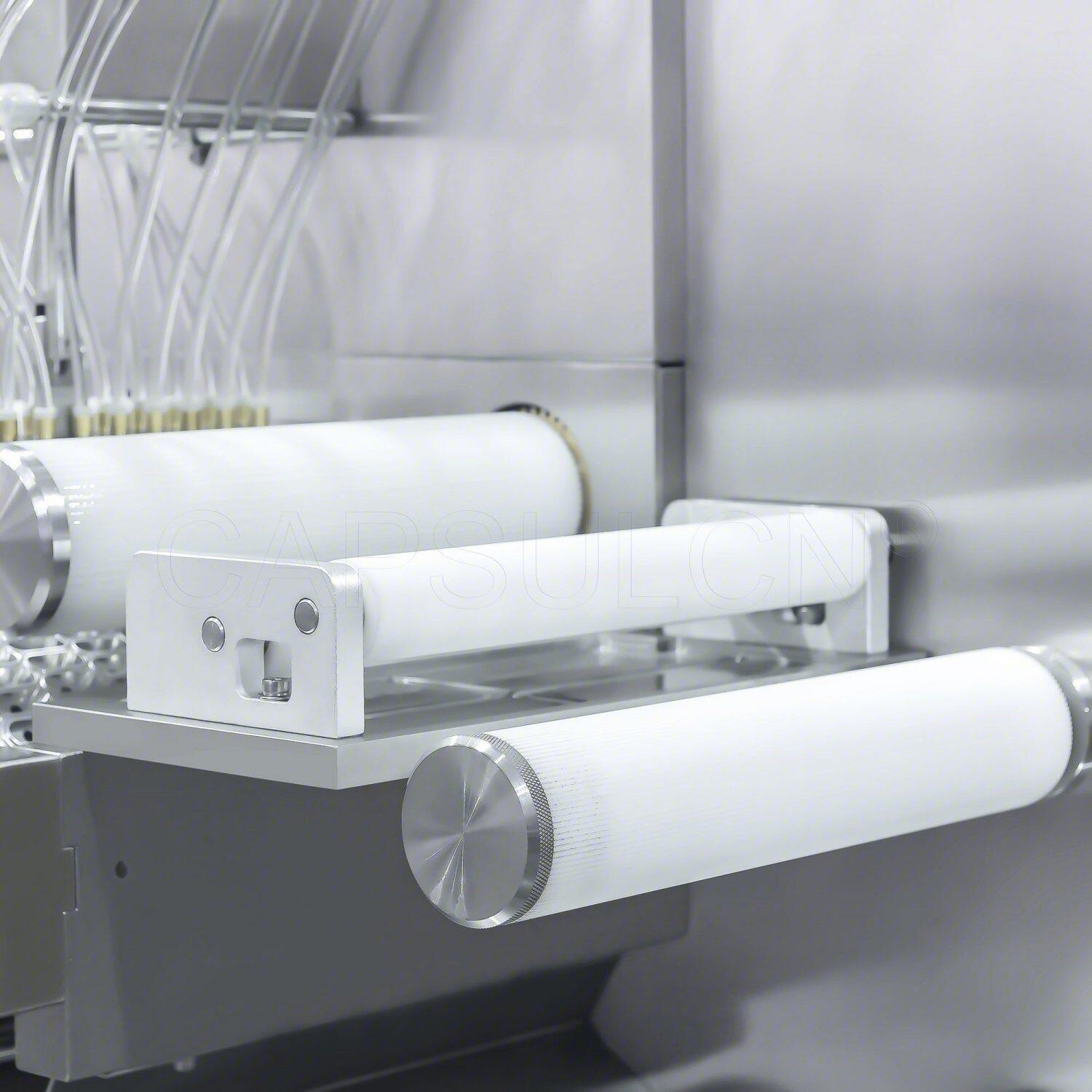
During the softgel capsule encapsulation process, the gelatin sheet passes through various rollers and molding devices. Lubrication rollers help to minimize friction between the gelatin and these machine components. This can minimize friction-related problems such as tearing or stretching of the gelatin, which might lead to capsule defects.
8. Tumble Dryer
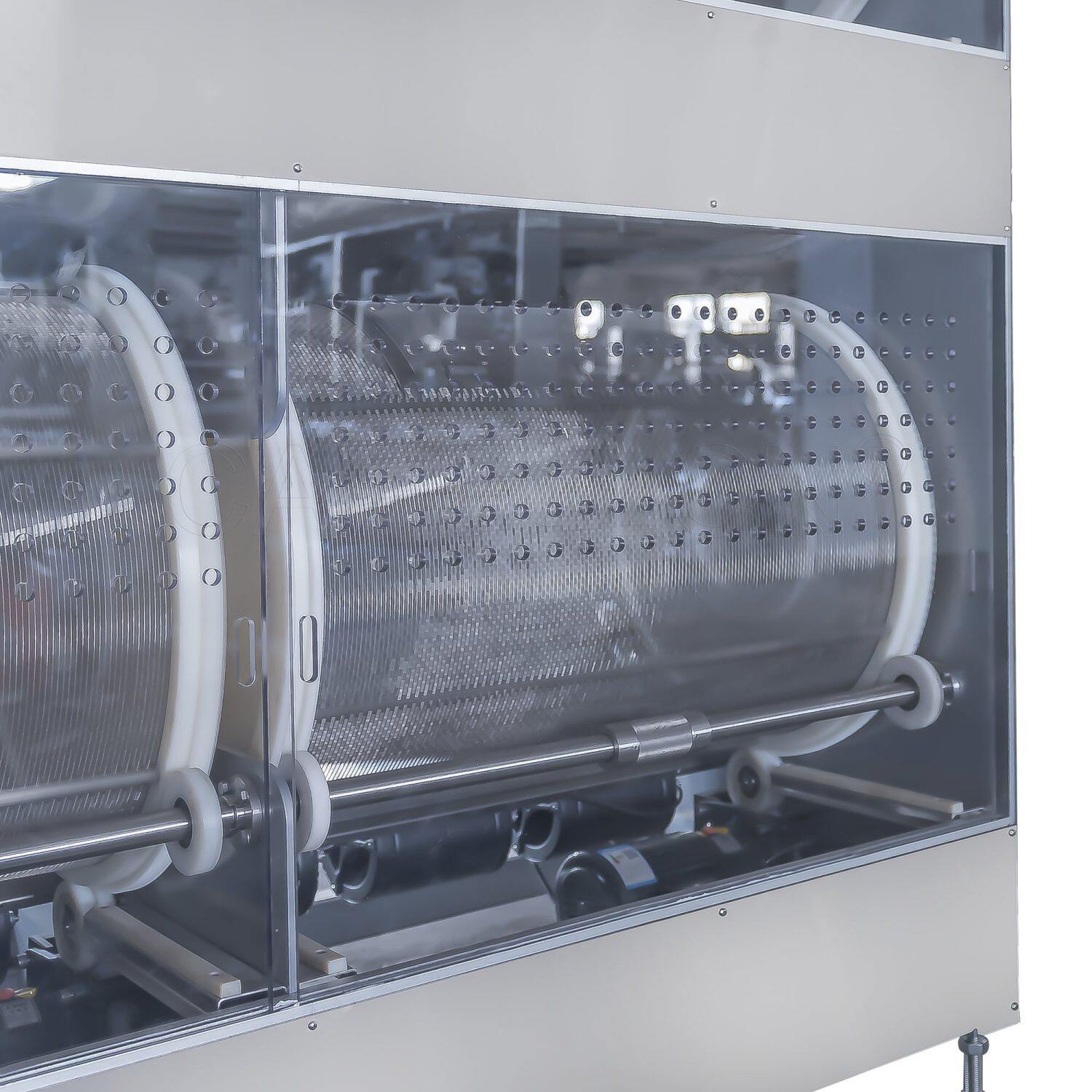
The tumble dryer is not a directly integrated component in most softgel encapsulation machines. However, it serves as an auxiliary equipment in the softgel capsule production line. After softgel capsules are molded and sealed in the machine, they may go through an initial drying stage. Initial drying may take place either inside the machine or on a conveyor belt that carries the capsules to a separate drying chamber. The purpose of the initial drying is to remove some moisture from the surface of the gelatin shell.
After the initial drying stage, the softgel capsules usually enter a separate tumble dryer. A tumble dryer consists of a rotating drum that gently tumbles the capsules. The dry air is circulated within the drum to further dry the capsules and remove any residual moisture.
The Final Word
After reading this blog, have you also realized that softgel encapsulation machine is an amazing equipment? It transforms raw materials into the smooth, easy-to-swallow capsules we all know. From feeding the medication to carefully drying the finished product, every part of the machine works together like a well-oiled team.